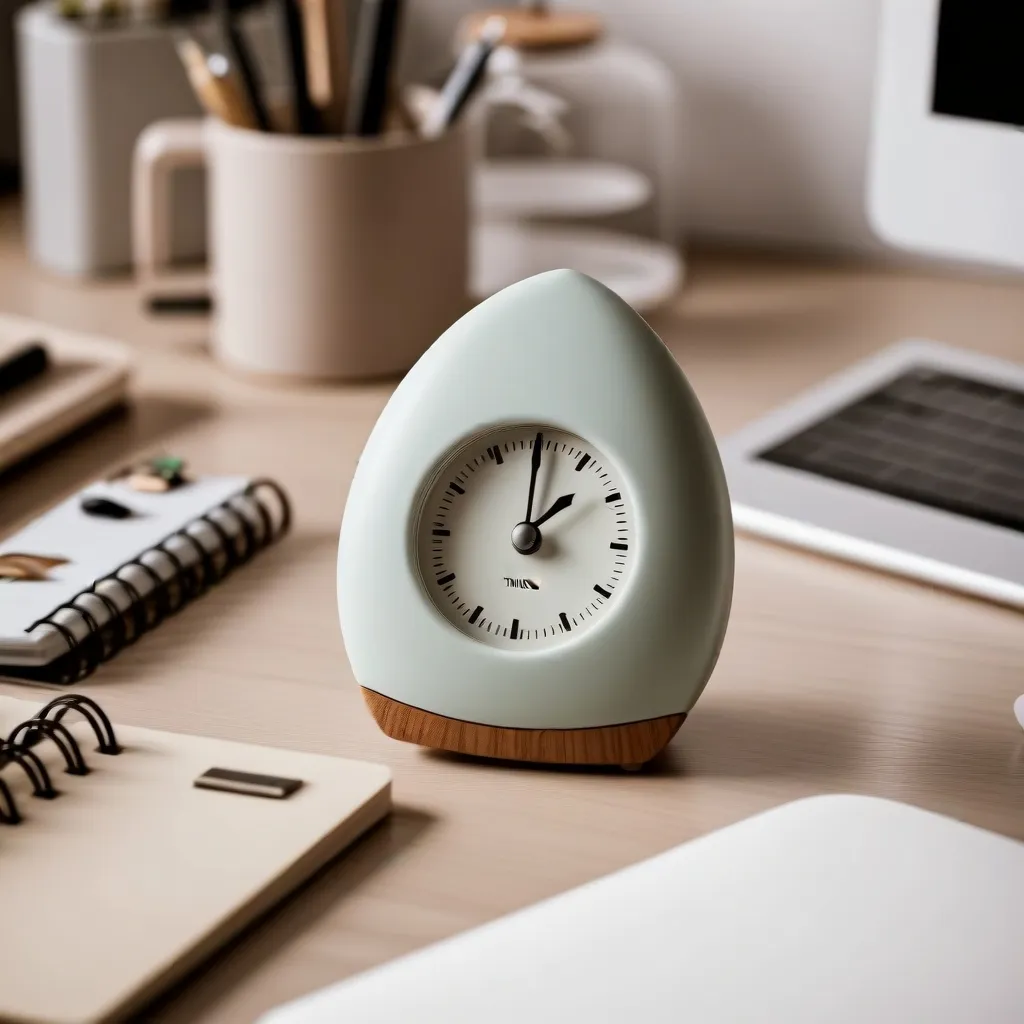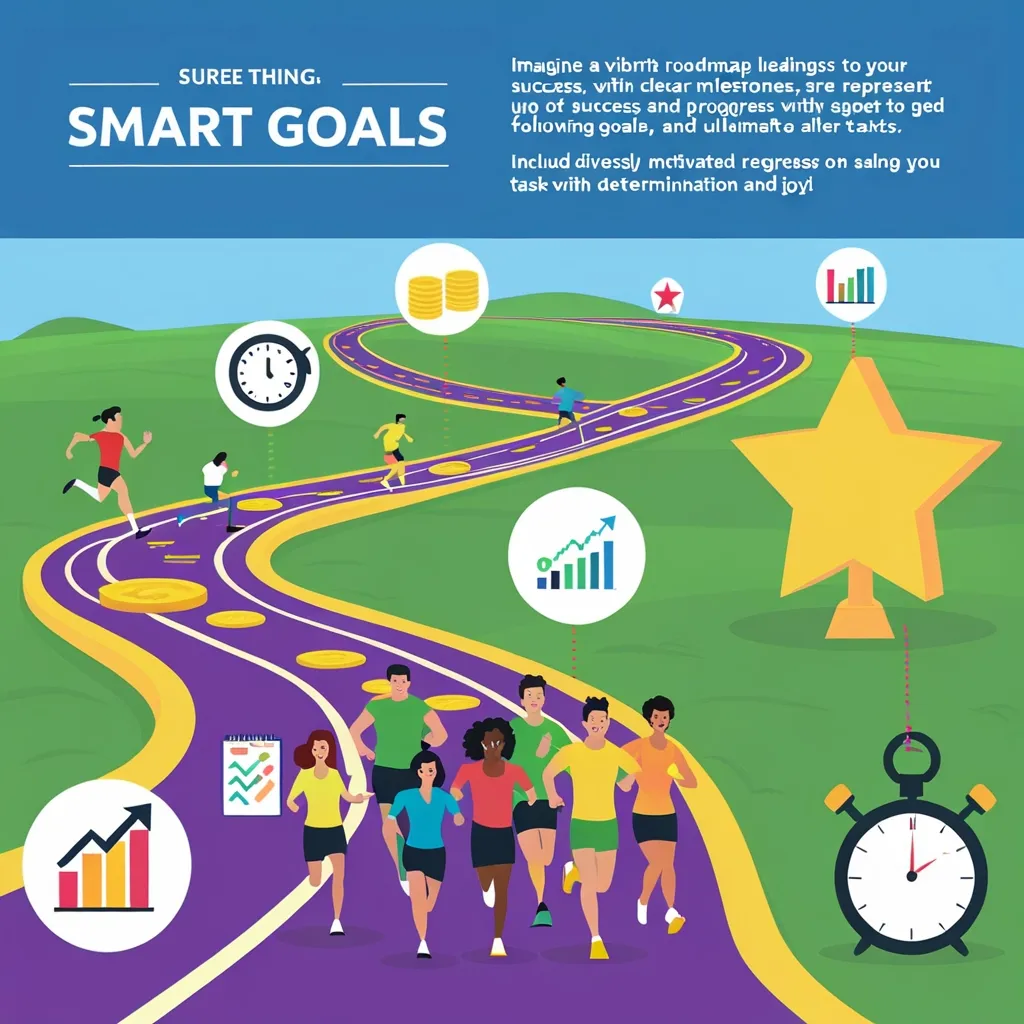Today’s world is all about speed and distractions. Let’s face it; staying focused is hard. But there’s a simple trick that works wonders—a timer. This little gadget can seriously boost your productivity and keep you on track, even with the toughest tasks.
Imagine looking at a massive pile of work and feeling overwhelmed. You don’t even know where to start. This is where a timer swoops in to save the day. By setting a timer, you carve out a specific chunk of time for a particular task. This technique is often called “timeboxing.” When that timer starts, you’re committed—no interruptions, no distractions, just pure focus.
Feeling stuck? Try setting a timer for just 20 minutes. Suddenly, the task feels less intimidating. You dive in, and before you know it, you’re fully immersed. And when that timer finally goes off, take a short break. Stretch, move around, or just chill for a bit. These breaks are crucial—they give your brain a breather, making you even more productive in the long run.
Procrastination is a sneaky enemy of productivity. But with a timer, you can beat it. Just start the timer and commit to doing nothing else during that period. You don’t even have to work. You can sit, daydream, or stare at the task. The only rule is not to switch to another activity. Eventually, your brain will get bored and start engaging with the task at hand.
This method works because it takes willpower out of the equation. You’re not obligated to finish the task; you’re just committed to sitting there until the timer stops. Often, you’ll find yourself making progress without even realizing it.
One of the most popular ways to use timers is the Pomodoro Technique. This involves working in 25-minute focused intervals, followed by a 5-minute break. After four cycles, take a longer break, say 15-30 minutes. This technique is named after a tomato-shaped kitchen timer (Pomodoro means tomato in Italian), and it’s popular for its simplicity and effectiveness.
Say you’re tackling a complicated project. Set your timer for 25 minutes and dive in. When the timer goes off, give yourself a short break. This helps avoid burnout and keeps your mind fresh.
Of course, the Pomodoro Technique is a great starting point, but feel free to customize your timer intervals. Some folks like longer stretches, while others prefer shorter ones. The aim is to find a rhythm that works for you. Maybe use a “standard block” of 33 minutes for most tasks, a tight 20 for less appealing jobs, or a full hour for deep, complex projects. The flexibility of timers means you can adapt them to suit your style and needs.
Timers are also fantastic for managing distractions. If you find yourself veering off to video games or social media, set a timer for these activities. Enjoy your leisure time without letting it spill over into work hours. For example, playing games might be limited to one hour. When the timer dings, take a break and then start another timer for your work tasks. This way, you balance leisure and work effectively.
Breaks are a crucial part of using timers. They give your brain a chance to rest and recharge. This helps fend off burnout and keeps you sharp. During your breaks, do something that relaxes you. It could be a short walk, some yoga, or dancing around your room. The key is to step away from the task and let your mind unwind.
Some timers come with visual and auditory cues that can enhance your focus. A countdown timer showing time slipping away can be super motivating. Different alarm sounds can keep you on track without causing anxiety. Look for timers with friendly designs and features like calming sounds or cute emojis. These small touches can make a big difference in how you perceive the timer and how well you use it.
Using a timer gives you a sense of purpose and accountability. When you start that timer, you’re making a promise to yourself to focus on that task. This helps avoid “task hopping” where you jump from one thing to another without making real progress on any of them.
Timers also help you estimate time better. Knowing how long it takes to complete a task enables you to plan your day more efficiently. This skill is invaluable in today’s fast-paced world where time management is crucial.
Timers can act as a stress reliever too. When you’re engrossed in a task, it’s easy to feel overwhelmed by everything else you need to do. A timer narrows your focus to just one task for a set period, making it less daunting and more manageable. The timer symbolizes that you’ve given yourself permission to focus solely on this task, helping you feel more in control and less stressed about the other responsibilities.
Timers aren’t just for work. They can be applied to many aspects of life. If you’re studying, set a timer for focused sessions followed by breaks. This can improve your concentration and help you retain information better.
Working on a creative project? Timers can help you stay in the flow state. By dedicating specific intervals to your creative endeavors, you can make consistent progress without feeling overwhelmed.
Incorporating timers into your daily routine can be a productivity game-changer. Whether you’re battling procrastination, managing distractions, or simply trying to stay focused, timers offer a straightforward yet effective solution. Customize your timer intervals and take breaks to maximize productivity and achieve your goals with ease.
Next time you’re facing a massive task, remember the power of a timer. Start small, stay committed, and watch your productivity soar.






